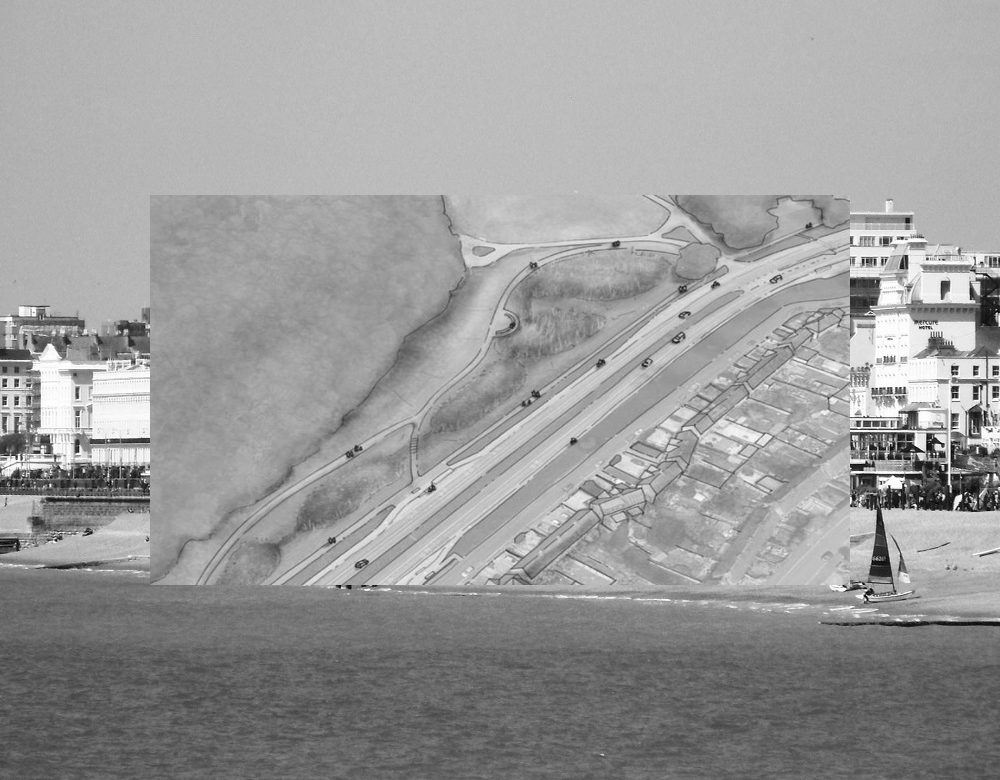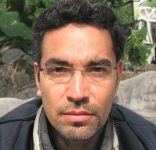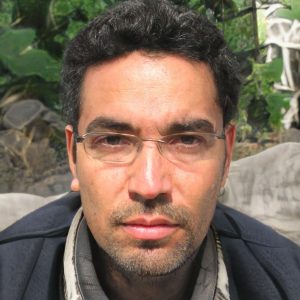Work is due to begin following year on park landscape design developed to tidy run-off from Lewes Road to stop it polluting the city’s alcohol consumption water.
The Aquifer Collaboration (FAUCET) has actually been given ₤ 1.79 million by National Freeways to develop Wild Park Rainscape and is readied to send a planning application next month.
The rainscape, or lasting drainage system (SuDS), will certainly clean surface water from a section of the A270 as a pollution avoidance project.
The style makes use of a collection of fish ponds, verdant networks (swales) and shallow basins to take care of surface area water, minimize flood risk and also boost water quality in the Brighton chalk block.Susie Howells, partnership supervisor for TAP, claimed: “All our drinking water in Brighton as well as Hove originates from the aquifer beneath our feet.
” It’s really crucial that we do even more to keep it clean. It can get contaminated in numerous methods.
” This job records filthy surface area water as it comes off the roadway, reduces it down as well as makes use of natural procedures to cleanse the water prior to it’s permitted to sink down into the aquifer.”
The task has likewise been provided $25,000 by Unesco for research study right into just how well the plan stops pollution of Brighton’s chalk aquifer, prior to as well as after construction.
Ms Howells claimed: “The UNESCO funding adds a small amount of financing, enough to cover a two-year part-time masters pupil to follow the advancement of the task and do baseline water high quality hydrological and also geological tasting as well as to follow it with its initial year post-construction.
” We should be able to use this technique to show others what we’ve learned.”
The research study, to be performed at Brighton College, will certainly supply information on the efficiency of the rainscape in decreasing contamination to encourage better take-up of comparable systems locally.
As part of the broader study project, the TAP team will collaborate with local colleges to establish finding out resources around the water cycle and groundwater aquifer.
Rain yard backyard have currently been produced in neighborhood schools, such as Moulsecoomb Main School.Leaflet drops as well as neighborhood feedback sessions at Moulsecoomb Hall, the Bevy and also New Larchwood, in Coldean, earlier this year caused strategies to plant 88 trees to replace seven being dropped to give way for the scheme.
TAP, started in 2016, is a partnership in between Brighton and also Hove Common Council, the Atmosphere Company, the South Downs National Forest Authority as well as Southern Water.
The council is handling the task in support of the partnership.
The task schedules for completion in September next year.
My name is Ryan D. Correa, and I’m a journalist at the Brighton Hove Daily News in the United Kingdom. I’m also a qualified secondary school teacher with a degree in media studies. I love the process of researching and writing news stories because it allows me to stay informed about what’s going on in the world and share that information with others.



